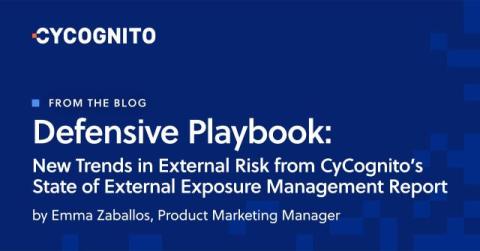Shift left with the Sysdig extension for Visual Studio Code
Adversaries exploit security blind spots and sneak through traditional defenses to craft attacks that impact your operations, or even worse, your reputation. One recent example is the Revival Hijack supply-chain attack, where threat actors registered new PyPi projects with names of previously deleted packages. One way to counter this imminent threat is to “shift left,” or take ownership of the code’s security posture earlier in the development process.











